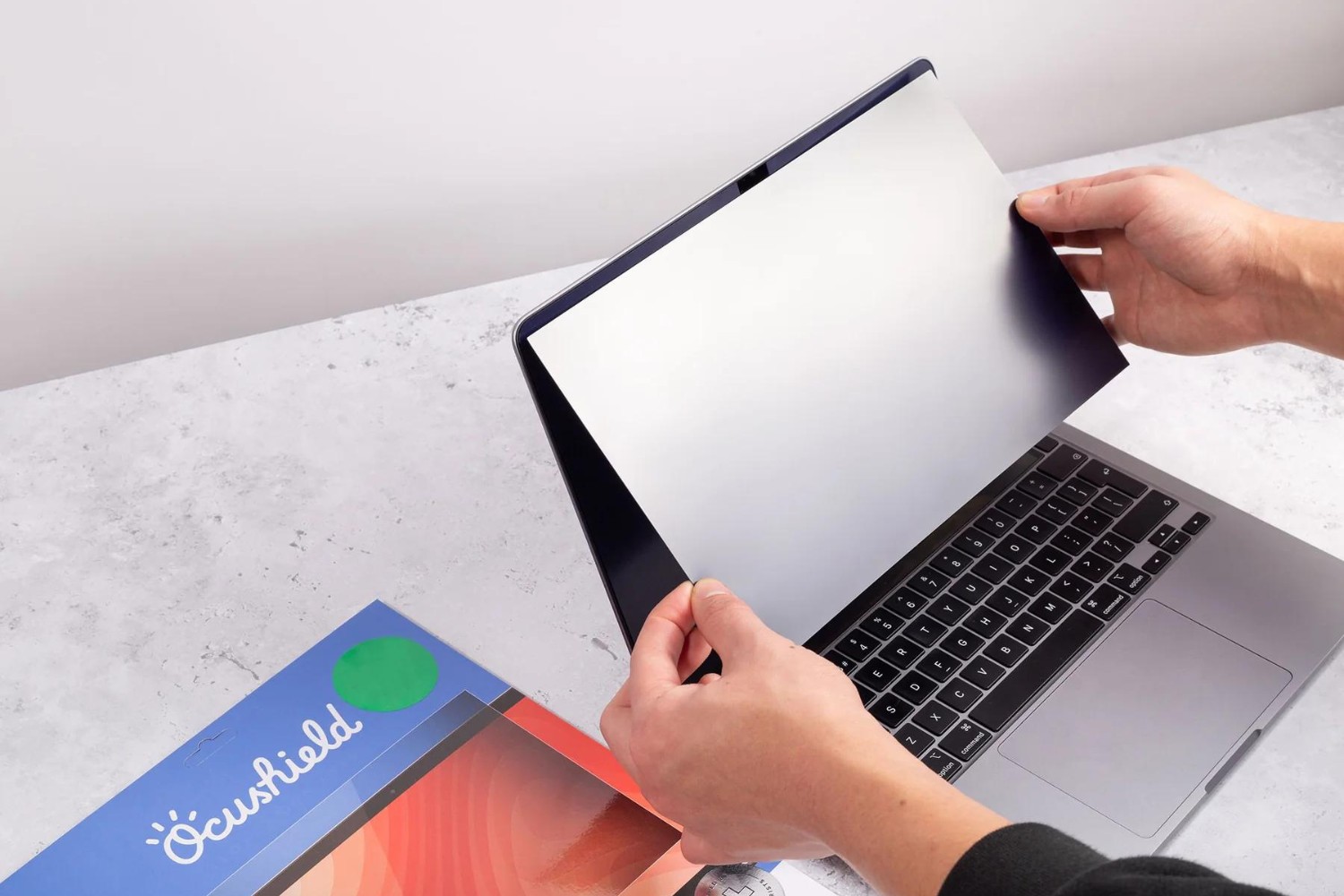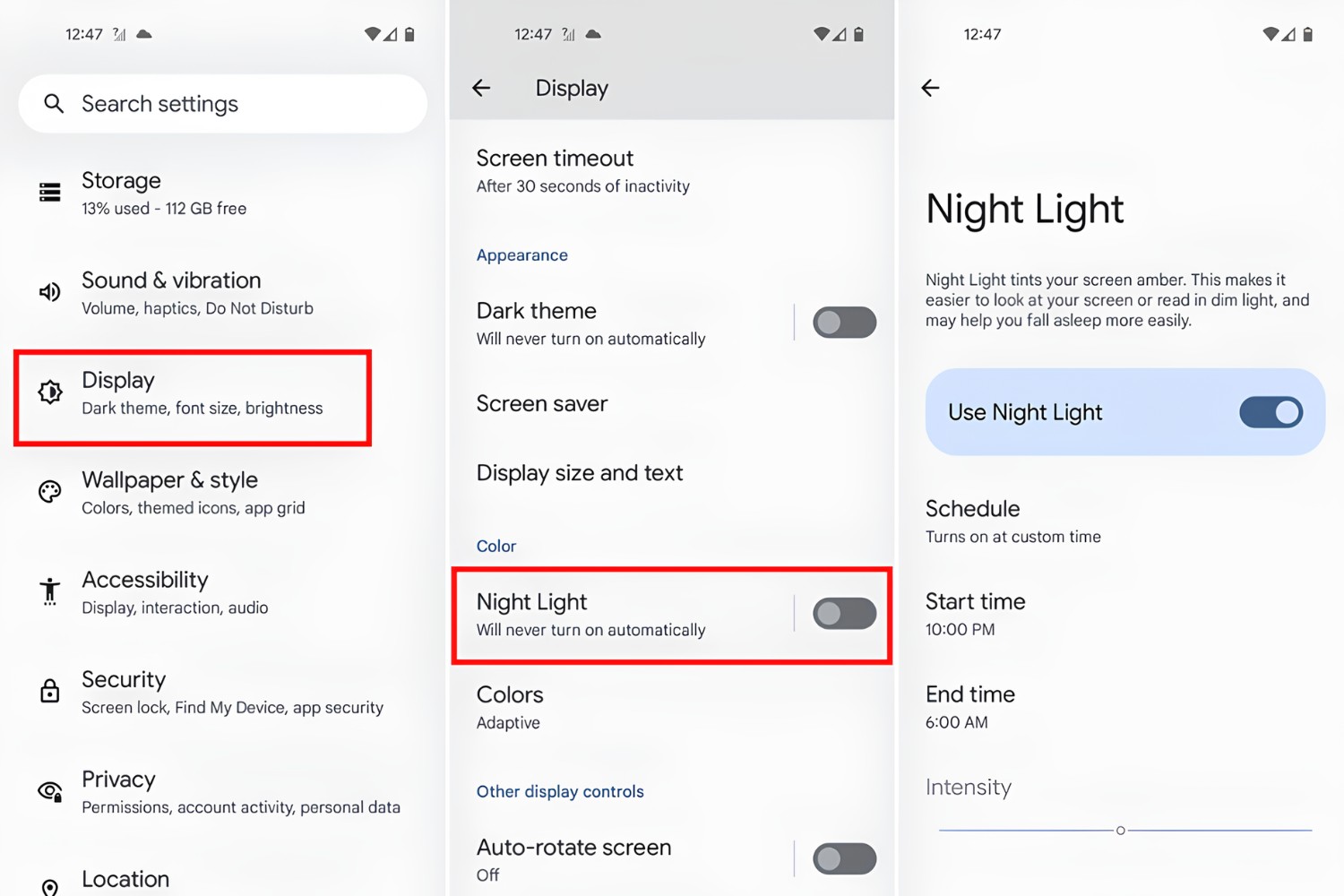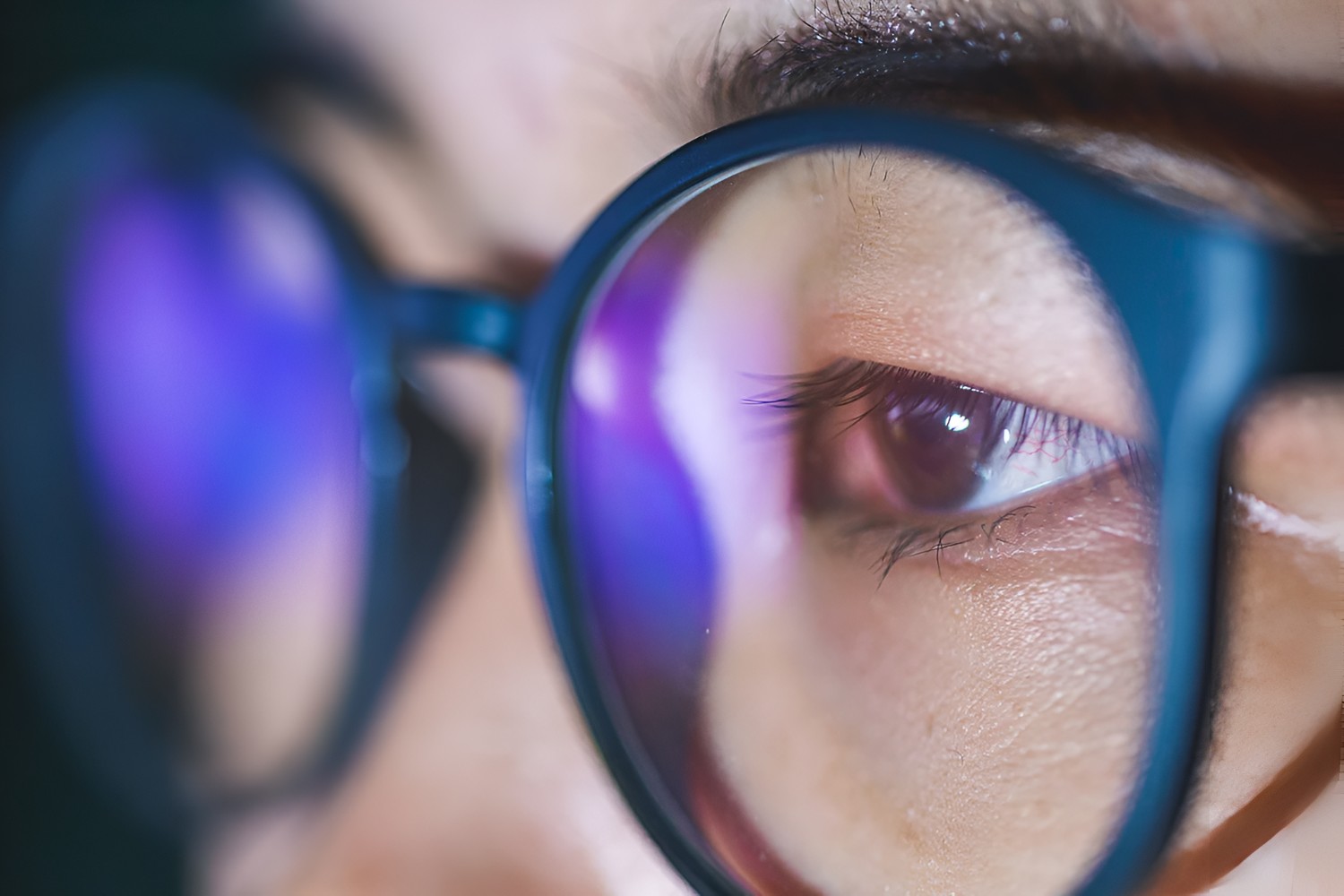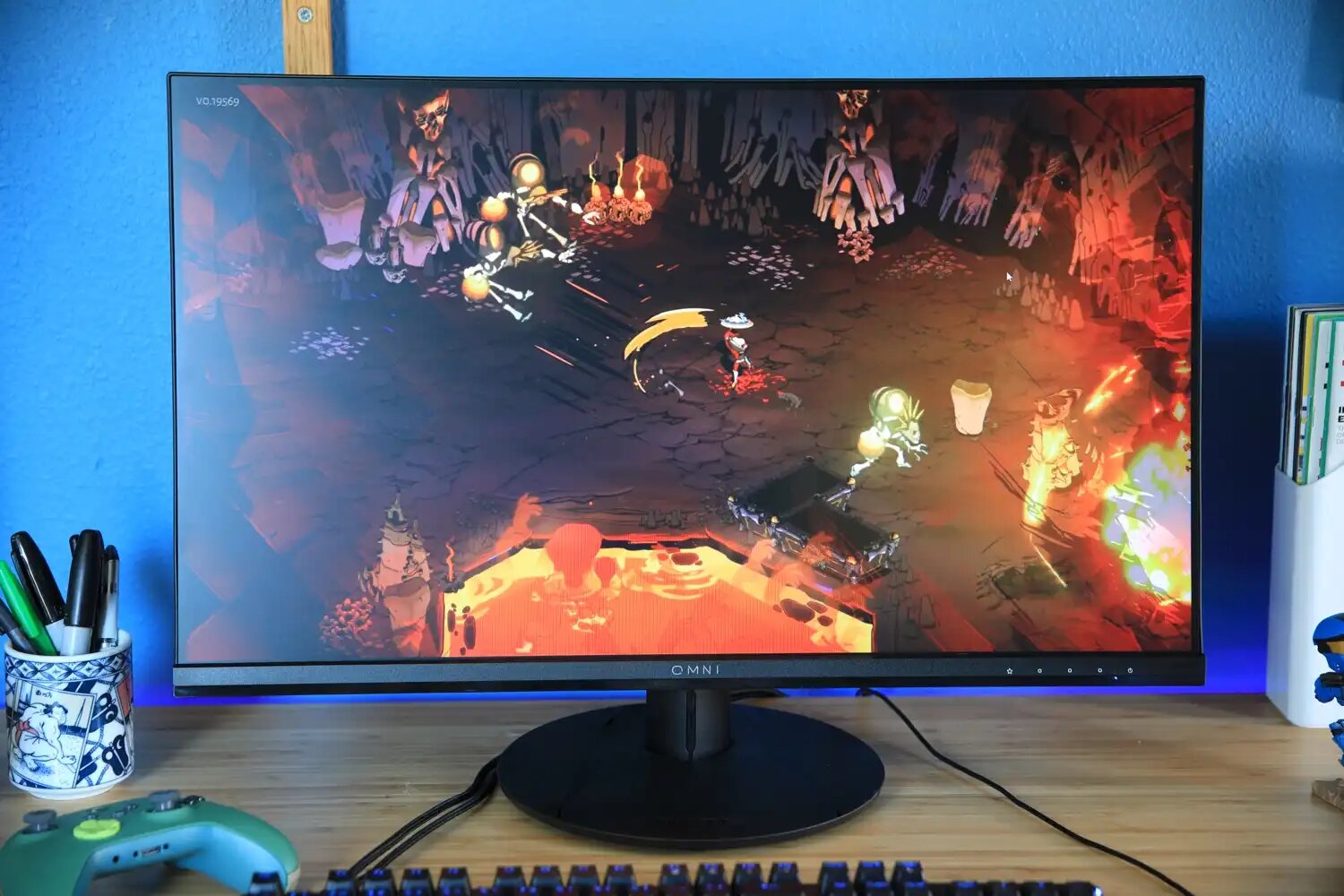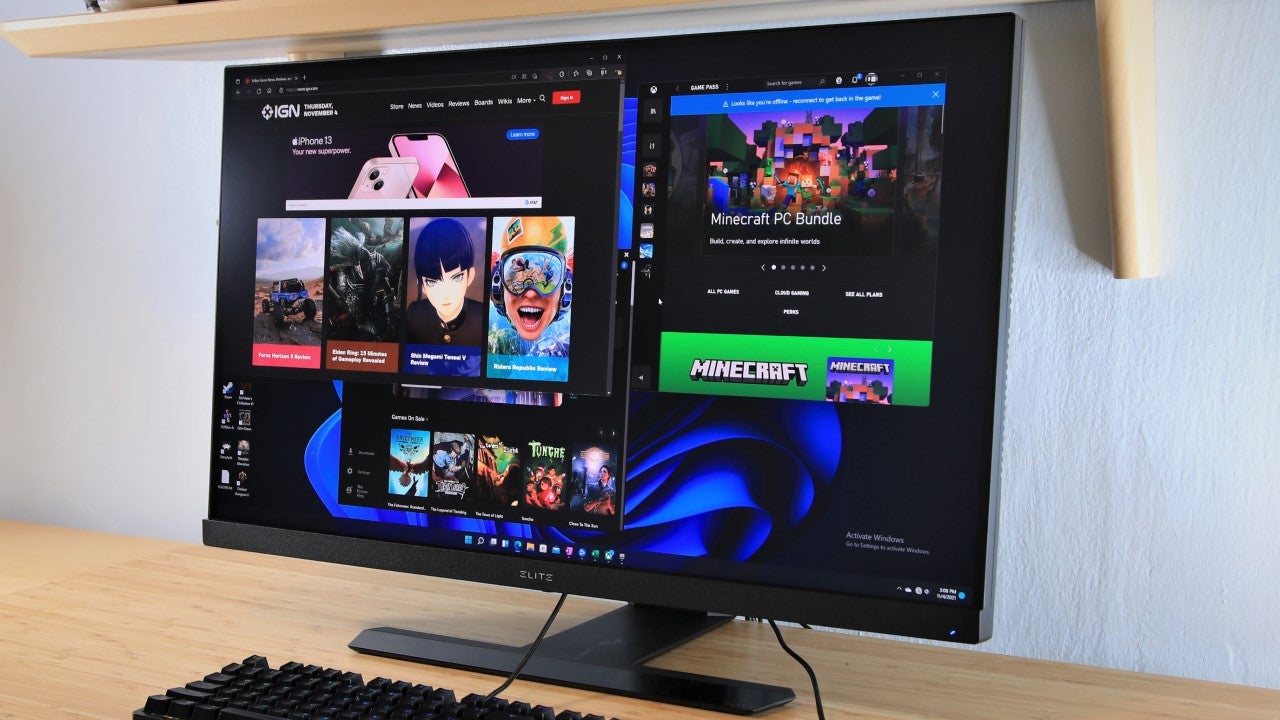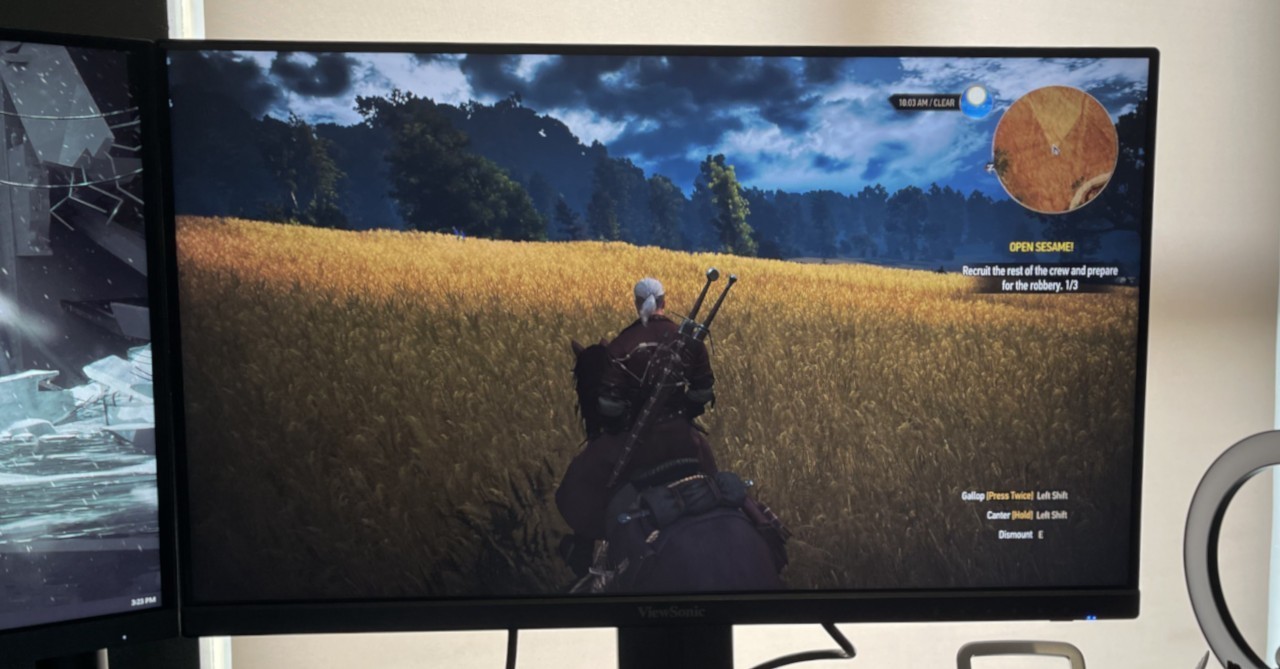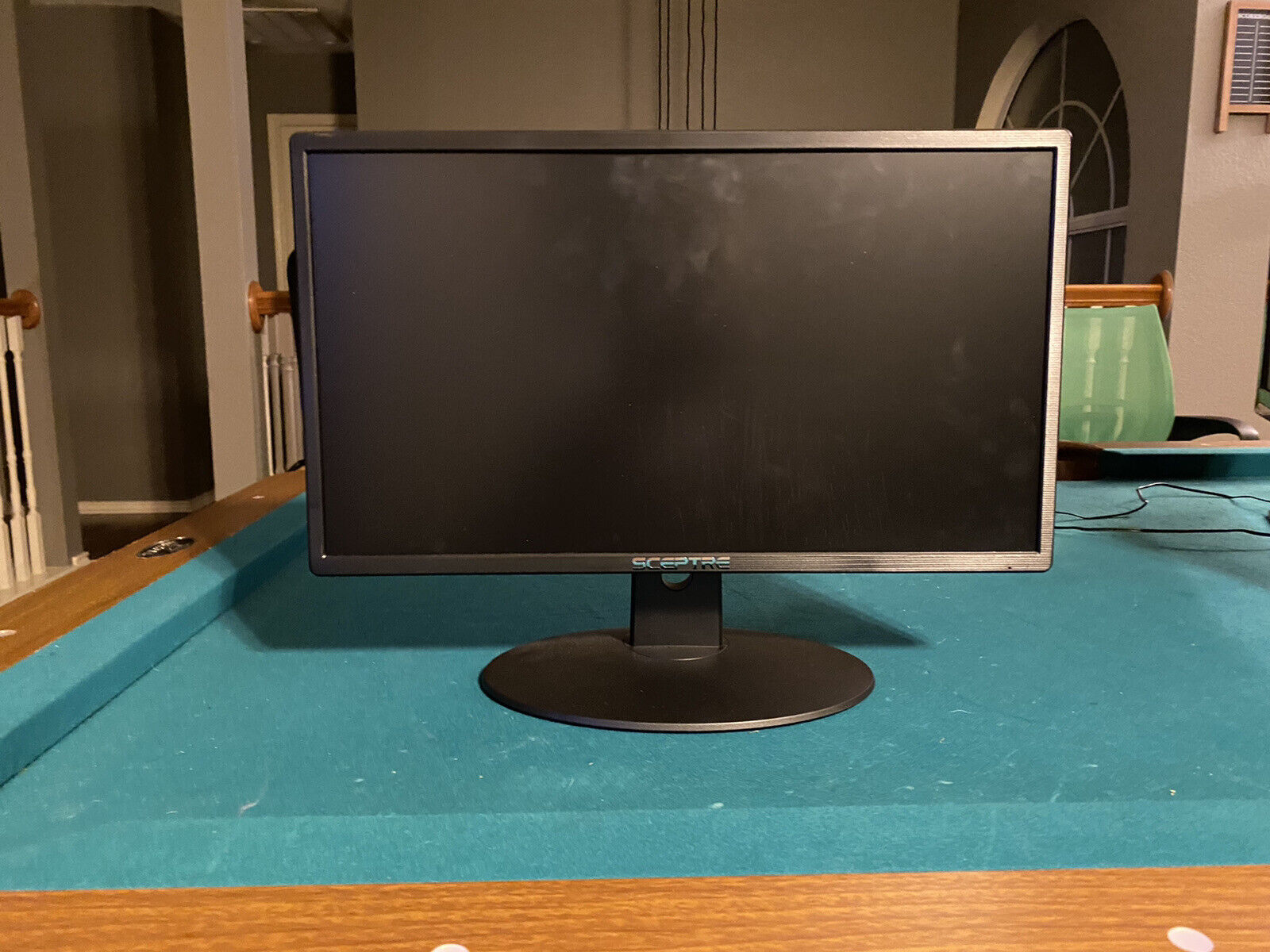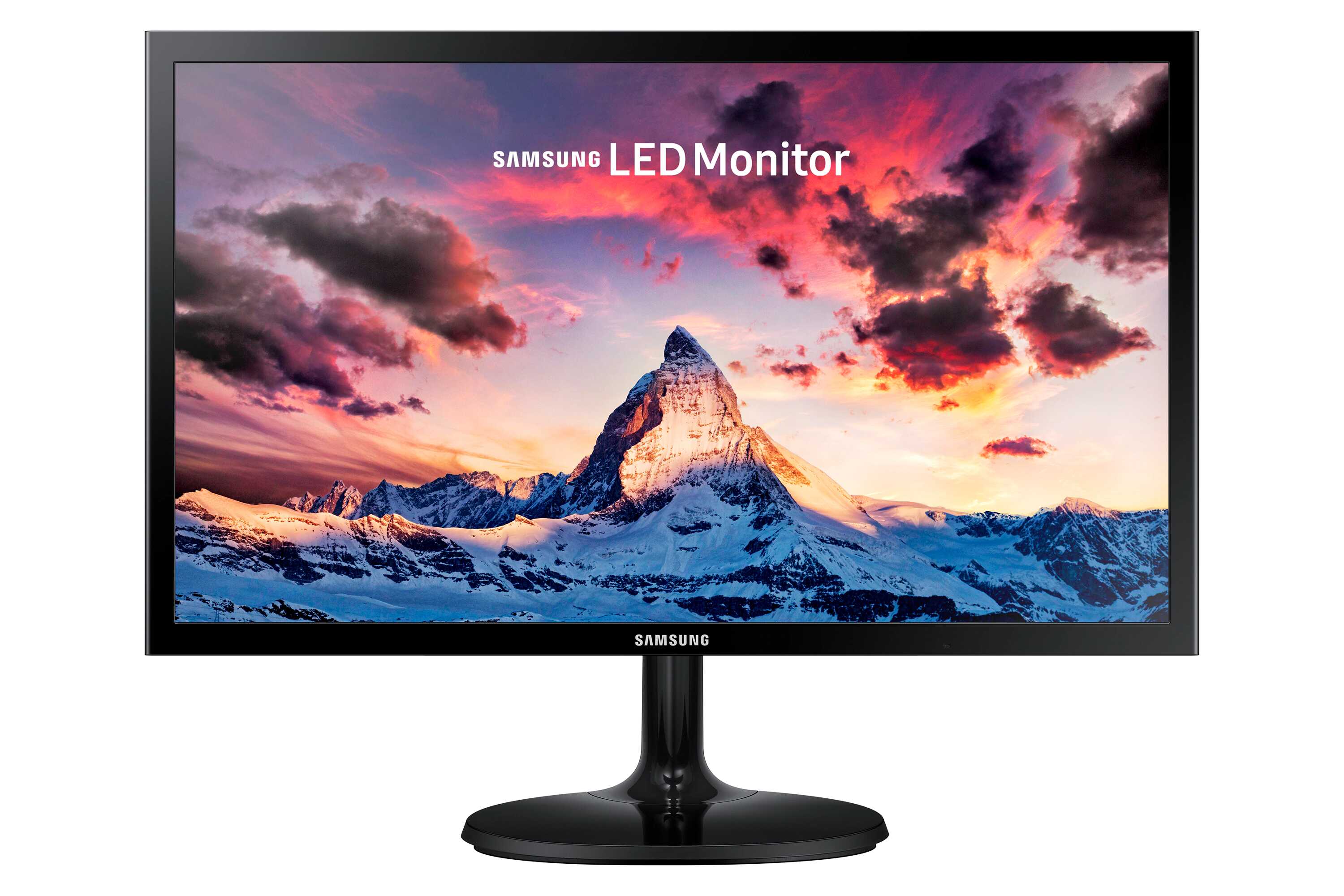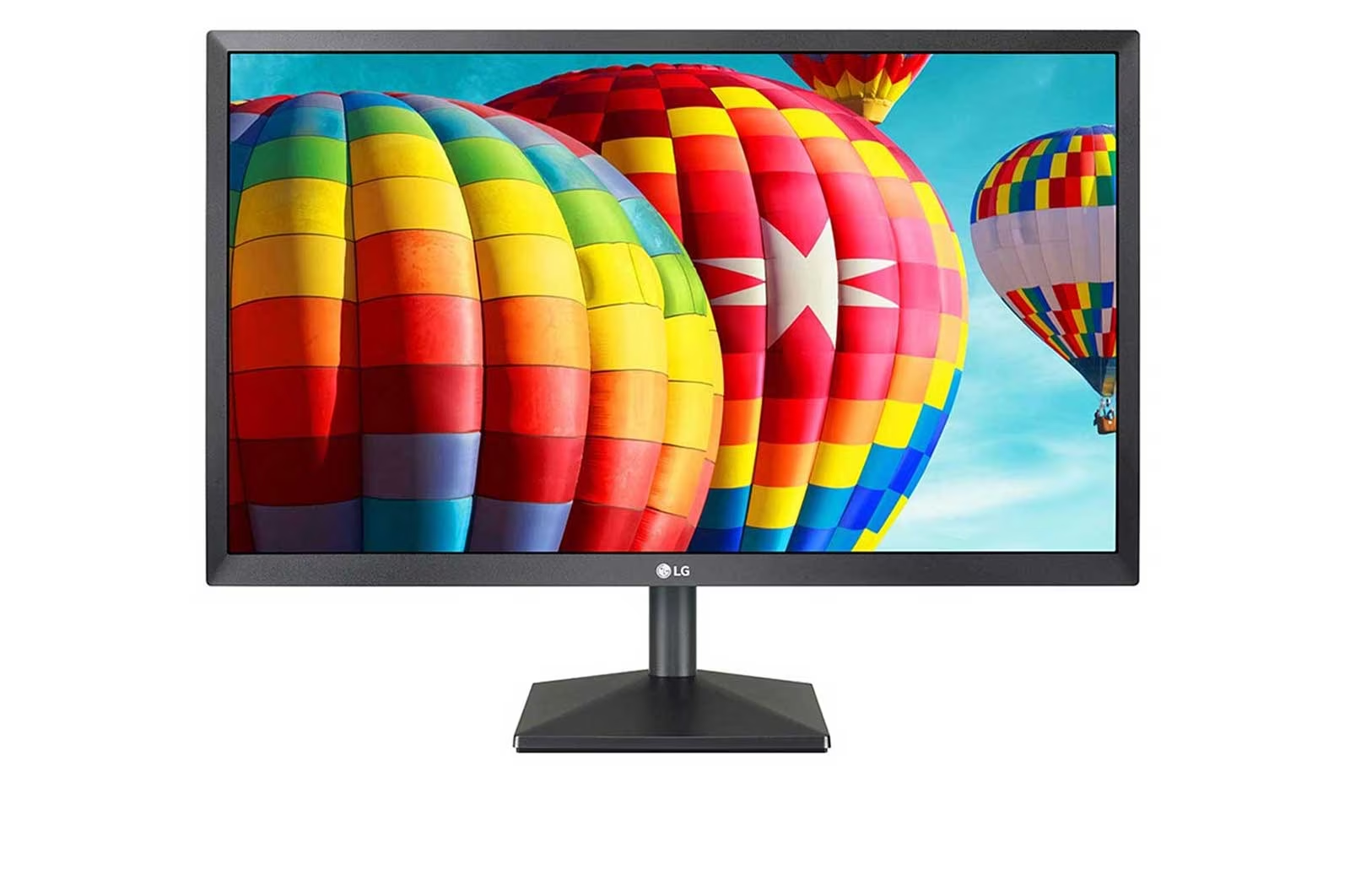Introduction
In today's digital age, Mac devices have become indispensable tools for work, entertainment, and communication. Whether you're a devoted MacBook user, an enthusiastic iMac aficionado, or a dedicated Mac Mini fan, the allure of Apple's sleek and powerful devices is undeniable. However, the prolonged use of Mac screens exposes users to a lesser-known adversary: blue light.
The prevalence of digital screens in our daily lives has led to increased exposure to blue light, which is emitted by electronic devices such as Mac computers. While blue light plays a crucial role in regulating our circadian rhythm and boosting attention and mood during the day, excessive exposure, especially during evening hours, can disrupt our sleep patterns and potentially lead to eye strain and discomfort.
As Mac users, it's essential to understand the impact of blue light on our well-being and take proactive measures to mitigate its effects. By implementing simple yet effective strategies to filter out blue light, we can optimize our screen time and promote healthier usage habits.
In this comprehensive guide, we'll delve into the nuances of blue light, explore its effects on Mac users, and provide practical tips for filtering blue light on Mac devices. From leveraging built-in features to utilizing third-party applications, we'll equip you with the knowledge and tools to enhance your Mac experience while safeguarding your visual and overall well-being.
So, whether you're a creative professional engrossed in design projects on your iMac, a dedicated student immersed in research on your MacBook, or a multitasking entrepreneur relying on your Mac Mini for seamless productivity, this guide is tailored to elevate your understanding of blue light and empower you to make informed choices for a healthier and more enjoyable screen time experience on your cherished Mac device. Let's embark on this enlightening journey to discover the art of filtering blue light for better screen time on Mac.
Understanding Blue Light
Blue light is a visible light within the 400-500 nanometer wavelength range, known for its high energy and short wavelengths. It is naturally emitted by the sun and plays a crucial role in regulating our circadian rhythm, also known as the sleep-wake cycle. During the day, exposure to natural blue light can enhance attention, reaction times, and mood, contributing to a sense of alertness and well-being. However, the proliferation of artificial sources of blue light, including LED lighting and digital screens such as those found on Mac devices, has raised concerns about the potential impact of prolonged exposure.
Mac users, like users of other electronic devices, are exposed to blue light emissions during various activities, including work, entertainment, and communication. The close proximity of the screen and the extended duration of usage can lead to heightened exposure, potentially affecting visual comfort and overall well-being. Research suggests that excessive blue light exposure, particularly during evening hours, can disrupt the body's natural sleep-wake cycle, leading to difficulties in falling asleep and reduced sleep quality. Furthermore, prolonged exposure to blue light from digital screens may contribute to digital eye strain, characterized by symptoms such as dry eyes, blurred vision, and headaches.
Understanding the characteristics and potential effects of blue light is pivotal for Mac users seeking to optimize their screen time. By gaining insights into the nature of blue light and its implications, users can make informed decisions to mitigate its potential negative impact. This knowledge empowers Mac enthusiasts to explore effective strategies for filtering out blue light and promoting healthier screen time habits, ultimately enhancing their overall well-being and productivity.
In the subsequent sections, we will delve deeper into the effects of blue light on Mac users and provide actionable tips for filtering blue light on Mac devices. By assimilating this understanding and leveraging practical solutions, Mac users can embark on a journey towards a more balanced and enjoyable screen time experience, ensuring that the allure of their beloved Mac devices is accompanied by a commitment to visual wellness and optimal usage habits.
The Effects of Blue Light on Mac Users
The proliferation of digital screens, including those featured in Mac devices, has significantly increased our exposure to blue light, raising concerns about its potential effects on users' well-being. Mac users, often engrossed in work, entertainment, or communication activities, are particularly susceptible to the impact of prolonged blue light exposure. Understanding the specific effects of blue light on Mac users is crucial for fostering awareness and implementing effective strategies to mitigate its potential negative consequences.
Disruption of Sleep Patterns
One of the most notable effects of blue light on Mac users is its potential to disrupt sleep patterns. The high-energy blue light emitted by Mac screens can interfere with the body's natural circadian rhythm, particularly when exposed to during evening hours. Research indicates that prolonged exposure to blue light, especially in the hours leading up to bedtime, can suppress the production of melatonin, a hormone essential for regulating sleep. As a result, Mac users may experience difficulties in falling asleep and may encounter reduced sleep quality, impacting their overall well-being and productivity.
Digital Eye Strain
Extended usage of Mac devices can also contribute to digital eye strain, a condition characterized by discomfort and visual disturbances. The emission of blue light from screens can lead to symptoms such as dry eyes, blurred vision, eye fatigue, and headaches, collectively known as digital eye strain. Mac users who spend prolonged periods in front of their screens may be particularly susceptible to these symptoms, which can diminish their visual comfort and hinder their ability to engage in tasks effectively.
Potential Impact on Overall Well-Being
Beyond sleep disruption and visual discomfort, the effects of blue light on Mac users extend to potential impacts on overall well-being. Prolonged exposure to blue light, especially in artificial settings, may contribute to feelings of fatigue, irritability, and reduced cognitive performance. These effects can influence Mac users' daily activities, affecting their mood, energy levels, and ability to concentrate, ultimately impacting their holistic well-being.
By recognizing the specific effects of blue light on Mac users, individuals can proactively address these concerns and implement practical measures to mitigate potential negative consequences. In the subsequent sections, we will explore actionable tips for filtering blue light on Mac devices, empowering users to optimize their screen time experience and prioritize their visual and overall well-being.
Tips for Filtering Blue Light on Mac Devices
Filtering blue light on Mac devices is essential for promoting visual comfort and mitigating the potential effects of prolonged screen exposure. Mac users can leverage various strategies and tools to reduce blue light emissions, thereby enhancing their screen time experience. Here are practical tips for filtering blue light on Mac devices:
1. Built-in Night Shift Feature
Mac devices offer a built-in Night Shift feature that enables users to adjust the color temperature of the display, reducing the amount of blue light emitted during evening hours. By scheduling Night Shift to activate automatically or manually adjusting the settings, Mac users can create a warmer and less intense display, minimizing the impact of blue light on their eyes and sleep patterns.
2. Third-party Blue Light Filtering Apps
Explore the diverse range of third-party blue light filtering applications available for Mac devices. These apps offer customizable settings to regulate blue light emissions, allowing users to tailor the display color temperature to their preferences. By installing and utilizing these applications, Mac users can effectively reduce blue light exposure and optimize their visual comfort during prolonged screen use.
3. Screen Protectors with Blue Light Filters
Consider investing in screen protectors designed specifically to filter out blue light. These accessories are designed to adhere to the Mac screen, effectively reducing blue light emissions without compromising display clarity. By incorporating a blue light filtering screen protector, Mac users can proactively diminish the potential effects of blue light on their visual well-being.
4. Adjust Ambient Lighting
Optimize the ambient lighting in your workspace to complement your efforts in filtering blue light on your Mac device. By ensuring adequate and balanced lighting, you can create a more comfortable visual environment, reducing the strain on your eyes and enhancing the effectiveness of blue light filtering measures implemented on your Mac.
5. Regular Breaks and Blinking Exercises
Incorporate regular breaks and blinking exercises into your screen time routine to alleviate the impact of blue light exposure. Engaging in brief intervals of looking away from the screen and performing blinking exercises can promote eye moisture and reduce the strain induced by prolonged exposure to blue light, contributing to overall visual comfort.
By integrating these practical tips into your Mac usage habits, you can effectively filter out blue light emissions, optimize your visual comfort, and promote a healthier screen time experience. These strategies empower Mac users to proactively address the potential effects of blue light and prioritize their well-being while engaging with their beloved Mac devices.
Setting Up Blue Light Filters on Mac
Setting up blue light filters on Mac devices is a proactive approach to mitigating the potential negative effects of prolonged screen exposure. By leveraging the built-in features and exploring third-party applications, Mac users can tailor their display settings to reduce blue light emissions and optimize visual comfort. Here's a comprehensive guide to setting up blue light filters on Mac:
Night Shift Feature
Mac devices offer a convenient built-in feature called Night Shift, designed to reduce blue light emissions during evening hours. To activate Night Shift, navigate to System Preferences, select Displays, and then click on the Night Shift tab. From here, users can schedule Night Shift to turn on automatically at sunset or customize the activation time according to their preferences. Additionally, the color temperature slider allows for fine-tuning the warmth of the display, effectively reducing the intensity of blue light emitted by the screen.
Third-Party Blue Light Filtering Apps
Explore the diverse array of third-party blue light filtering applications available for Mac devices. These applications offer advanced customization options, allowing users to precisely regulate blue light emissions based on their preferences and usage patterns. By installing reputable blue light filtering apps from trusted developers, Mac users can access additional features and settings to further enhance their ability to filter out blue light and create a more comfortable viewing experience.
Screen Protectors with Blue Light Filters
Consider investing in high-quality screen protectors specifically designed to filter out blue light. These accessories are seamlessly applied to the Mac screen, effectively reducing blue light emissions without compromising display clarity. By incorporating a blue light filtering screen protector, Mac users can enhance their visual comfort and minimize the potential impact of blue light on their eyes, especially during extended usage periods.
Ambient Lighting Adjustment
Optimizing ambient lighting in the workspace complements the efforts to filter blue light on Mac devices. By ensuring balanced and suitable lighting conditions, Mac users can create a visual environment that reduces eye strain and complements the effectiveness of blue light filtering measures implemented on their Mac. Adjusting ambient lighting to align with the display's optimized settings further contributes to a comfortable and visually supportive workspace.
Regular Breaks and Blinking Exercises
Incorporate regular breaks and blinking exercises into your screen time routine to alleviate the impact of blue light exposure. Engaging in brief intervals of looking away from the screen and performing deliberate blinking exercises can promote eye moisture and reduce strain induced by prolonged exposure to blue light, contributing to improved visual comfort and overall well-being.
By implementing these strategies and leveraging the available features and accessories, Mac users can effectively set up blue light filters on their devices, promoting a healthier and more visually comfortable screen time experience. These proactive measures empower users to prioritize their visual well-being while engaging with their cherished Mac devices.
Additional Tips for Better Screen Time on Mac
In addition to implementing blue light filtering measures, Mac users can adopt supplementary strategies to further enhance their screen time experience. These additional tips are designed to complement existing efforts and promote a holistic approach to visual wellness and optimal usage habits.
1. Ergonomic Workspace Setup
Creating an ergonomic workspace is essential for promoting comfort and reducing physical strain during extended Mac usage. Consider investing in an adjustable chair, ergonomic keyboard, and a monitor stand to achieve an optimal sitting posture and reduce the risk of musculoskeletal discomfort. Additionally, positioning the Mac screen at eye level and maintaining proper wrist support can contribute to a more comfortable and sustainable work environment.
2. Scheduled Screen Time Breaks
Incorporating scheduled breaks into your screen time routine is crucial for preventing visual fatigue and enhancing overall well-being. Utilize time management techniques such as the Pomodoro method, which involves alternating focused work periods with short breaks. During these breaks, engage in activities that promote relaxation and eye rest, such as stretching, taking a brief walk, or practicing deep breathing exercises.
3. Customized Display Settings
Explore the customization options available for your Mac's display settings to tailor the visual experience to your preferences. Adjusting brightness, contrast, and font sizes can significantly impact visual comfort and readability. By fine-tuning these settings to align with your individual preferences, you can create a personalized and visually optimized Mac usage environment.
4. Eye-Friendly Activities
Incorporate eye-friendly activities into your daily routine to counteract the effects of prolonged screen time. Engaging in hobbies such as reading physical books, practicing mindfulness, or participating in outdoor activities can provide a welcome respite from screen exposure and contribute to overall visual and mental well-being.
5. Regular Eye Examinations
Prioritize your ocular health by scheduling regular eye examinations with a qualified optometrist. Routine eye check-ups can detect potential issues early on and ensure that your visual needs are adequately addressed. Additionally, discussing your screen time habits and related concerns with your eye care professional can lead to personalized recommendations for maintaining optimal visual health.
By integrating these additional tips into your Mac usage routine, you can cultivate a more balanced and sustainable approach to screen time. These strategies empower Mac users to prioritize their visual well-being, enhance productivity, and foster a harmonious interaction with their Mac devices.







